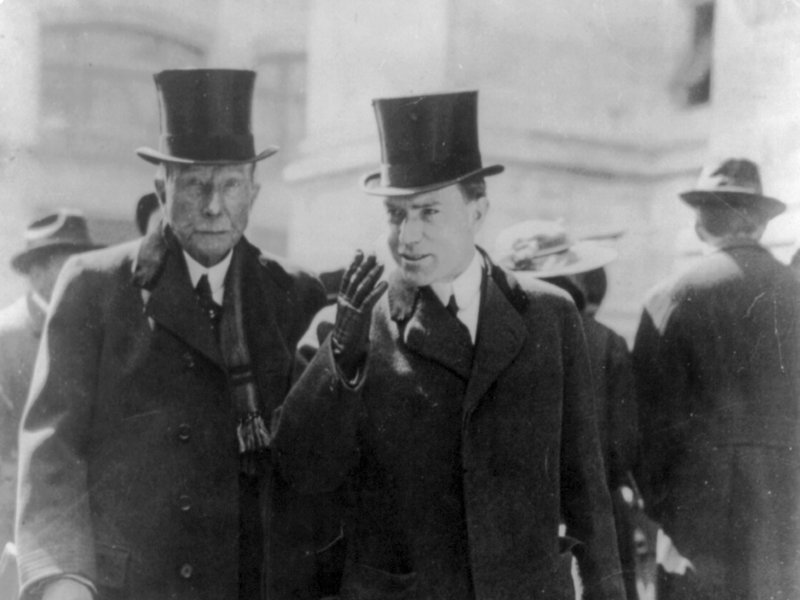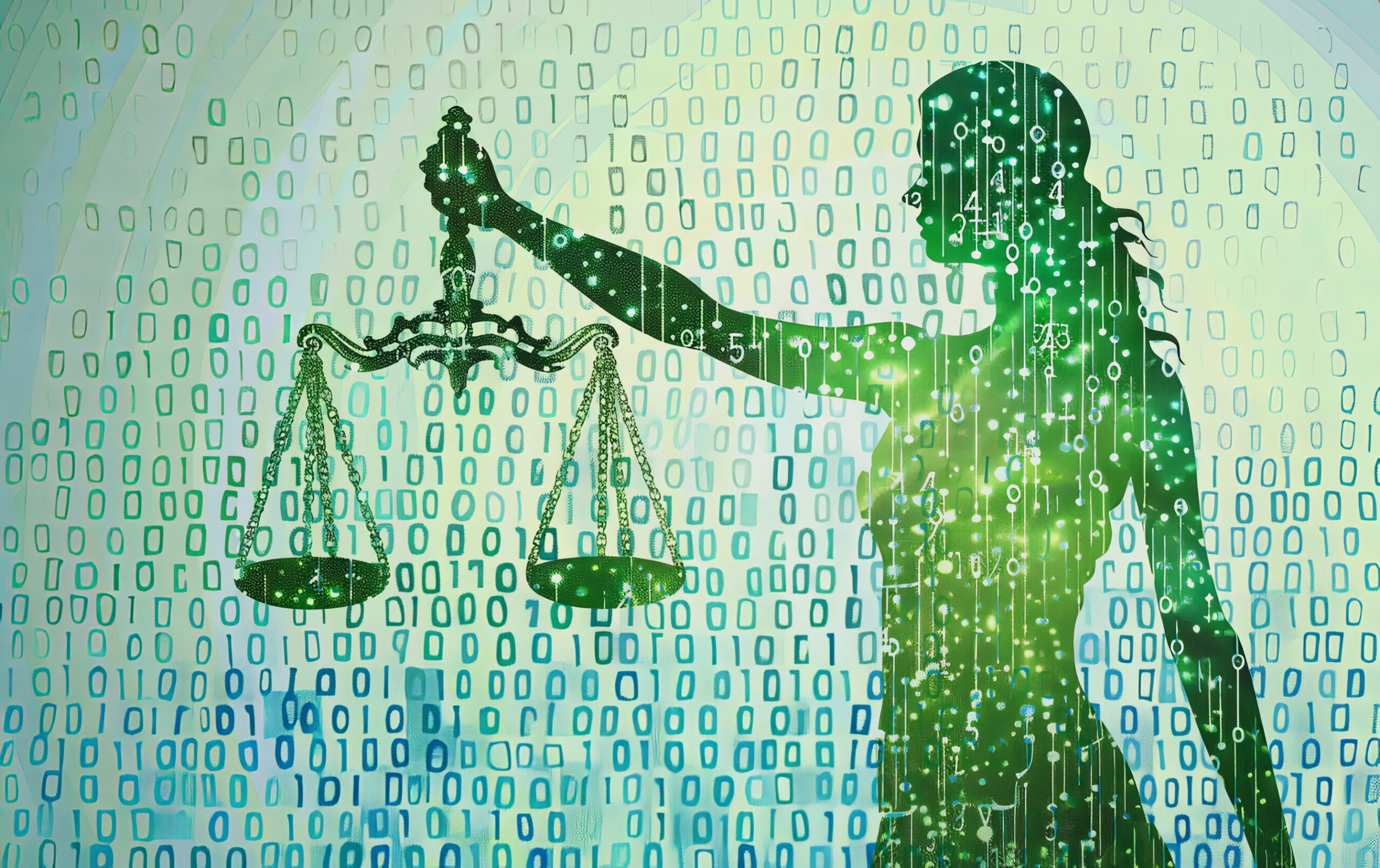Summary: Concerns over potential negative impacts of AI have dominated headlines, particularly regarding its threat to employment. However, a closer examination reveals AI’s immense potential to revolutionize equal and high quality access to necessities such as education and healthcare, particularly in regions with limited access to resources. From India’s agricultural advancements to Kenya’s educational support, AI initiatives are already transforming lives and addressing societal needs.
The latest technology panic is over artificial intelligence (AI). The media is focused on the negatives of AI, making many assumptions about how AI will doom us all. One concern is that AI tools will replace workers and cause mass unemployment. This is likely overblown—although some jobs will be lost to AI, if history is any guide, new jobs will be created. Furthermore, AI’s ability to replace skilled labor is also one of its greatest potential benefits.
Think of all the regions of the world where children lack access to education, where schoolteachers are scarce and opportunities for adult learning are scant.
Think of the preventable diseases that are untreated due to a lack of information, the dearth of health care providers, and how many lives could be improved and saved by overcoming these challenges.
In many ways, AI will be a revolutionary equalizer for poorer countries where education and health care have historically faced many challenges. In fact, a positive revolution from AI is already unfolding in the global East and South.
Improving Equality through Education and Health Care
In India, agricultural technology startup Saagu Baagu is already improving lives. This initiative allows farmers to increase crop yield through AI-based solutions. A chatbot provides farmers with the information they need to farm more effectively (e.g., through mapping the maturity stages of their crops and testing soil so that AI can make recommendations on which fertilizers to use depending on the type of soil). Saagu Baagu has been successful in the trial region and is now being expanded. This AI initiative is likely to revolutionize agriculture globally.
Combining large language models with speech-recognition software is helping Indian farmers in other ways. For example, Indian global impact initiative Karya is working on helping rural Indians, who speak many different languages, to overcome language barriers. Karya is collecting data on tuberculosis, which is a mostly curable and preventable disease that kills roughly 200,000 Indians every year. By collecting voice recordings of 10 different dialects of Kannada, an AI speech model is being trained to communicate with local people. Tuberculosis carries much stigma in India, so people are often reluctant to ask for help. AI will allow Indians to reduce the spread of the disease and give them access to reliable information.
In Kenya, where students are leading in AI use, the technology is aiding the spread of information by allowing pupils to ask a chatbot questions about their homework.
Throughout the world, there are many challenges pertaining to health care, including increasing costs and staff shortages. As developed economies now have rapidly growing elderly populations and shrinking workforces, the problem is set to worsen. In Japan, AI is helping with the aging population issue, where a shortage of care workers is remedied by using robots to patrol care homes to monitor patients and alert care workers when something is wrong. These bots use AI to detect abnormalities, assist in infection countermeasures by disinfecting commonly touched places, provide conversation, and carry people from wheelchairs to beds and bathing areas, which means less physical exertion and fewer injuries for staff members.
In Brazil, researchers used AI models capable of predicting HER2 subtype breast cancer in imaging scans of 311 women and the patients’ response to treatment. In addition, AI can also help make health resource allocations more efficient and support tasks such as preparing for public health crises, such as pandemics. At the individual level, the use of this technology in wearables, such as smartwatches, can encourage patient adherence to treatments, help prevent illnesses, and collect data more frequently.
Biometric data gathered from wearable devices could also be a game-changer. This technology can detect cancers early, monitor infectious diseases and general health issues, and give patients more agency over their health where access to health care is limited or expensive.
Education and health care in the West could also benefit from AI. In the United States, text synthesis machines could help to address the lack of teachers in K–12 education and the inaccessibility of health care for low-income people.
Predicting the Future
AI is already playing a role in helping humanity tackle natural disasters (e.g., by predicting how many earthquake aftershocks will strike and their strength). These models, which have been trained on large data sets of seismic events, have been found to estimate the number of aftershocks better than conventional (non-AI) models do.
Forecasting models can also help to predict other natural disasters like severe storms, floods, hurricanes, and wildfires. Machine learning uses algorithms to reduce the time required to make forecasts and increase model accuracy, which again is superior to the non-AI models that are used for this purpose. These improvements could have a massive impact on people in poor countries, who currently lack access to reliable forecasts and tend to be employed in agriculture, which is highly dependent on the weather.
A Case for Optimism
Much of the fear regarding AI in the West concerns the rapid speed at which it is being implemented, but for many countries, this speed is a boon.
Take the mobile phone. In 2000, only 4 percent of people in developing countries had access to mobile phones. By 2015, 94 percent of the population had such access, including in sub-Saharan Africa.
The benefits were enormous, as billions gained access to online banking, educational opportunities, and more reliable communication. One study found that almost 1 in 10 Kenyan families living in extreme poverty were able to lift their incomes above the poverty line by using the banking app M-Pesa. In rural Peru, household consumption rose by 11 percent with access to phones, while extreme poverty fell 5.4 percent. Some 24 percent of people in developing countries now use the mobile internet for educational purposes, compared with only 12 percent in the richest countries. In lower-income countries, access to mobile phones and apps is life-changing.
AI, which only requires access to a mobile phone to use, is likely to spread even faster in the countries that need the technology the most.
This is what we should be talking about: not a technology panic but a technology revolution for greater equality in well-being.


